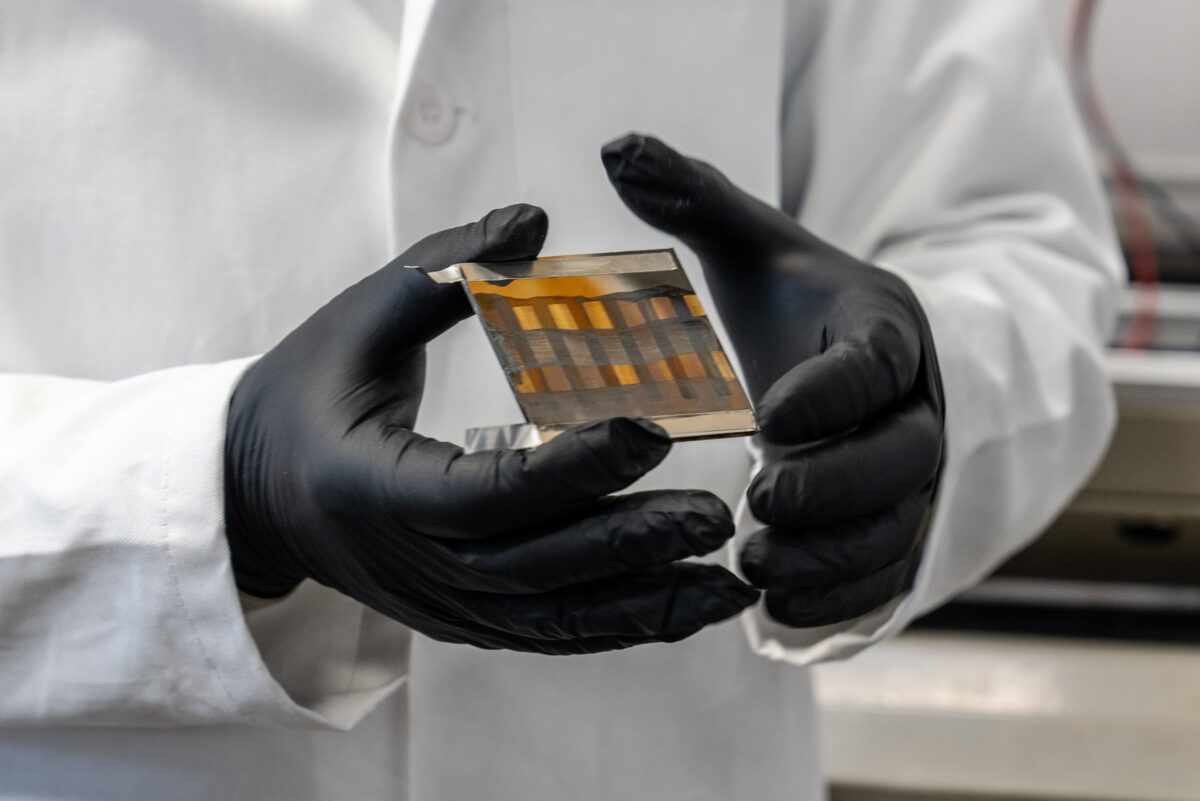Perovskite solar cells (PSCs) already show strong potential for low cost, high performance solar cells. Questions over their long-term stability are one of the main things holding the technology back from commercial production.
Accelerated testing conducted in the laboratory can help researchers and manufacturers to more quickly understand what will likely happen to the cells once installed outdoors, and to address any weaknesses early on. And as PSCs move closer to commercialization, the need for a testing standard that can be universally applied is becoming clearer.
“We must understand how well perovskite solar cells will perform outdoors, under real conditions, to move this technology closer to commercialization,” said Kai Zhu, a senior scientist in the Chemistry and Nanoscience Center at the US Department of Energy's National Renewable Energy Laboratory (NREL). “That’s why we identified accelerated testing protocols that can be conducted in the laboratory to reveal how these cells would function after six months in operation outside.”
Zhu and colleagues at NREL and the University of Toledo put a batch of the latest PSCs, with an initial efficiency of up to 25.5%, through various tests and compared the results to cells that had been installed outdoors for six months. The tests are described in full in the paper “Towards linking lab and field lifetimes of perovskite solar cells,” published in nature.
Popular content
Light and heat
The PSCs in this study retained more than 93% of their initial efficiency after 5,000 h of continuous illumination. The tests also included thermal cycling, where temperatures fluctuated between -40 C and 85 C. After 1,000 thermal cycles, the cells had lost around 5% of their initial performance.
The results show that tests that expose the PSCs to light at elevated temperatures gave the most accurate impression of how the cells would degrade after six months in the field. The study also showed that the interface between the active perovskite layer and the hole transport layer, consisting of a self-assembled monolayer of indium tin oxide, is also key to the cell’s reliability. When the ion-blocking properties of this layer were improved, the cell’s stability almost tripled – operating for 1000 hours at 85 C, and more than 8000 hours at 50 C with an expected 20% performance loss, which the group says is among the best results recorded to date for a high efficiency perovskite solar cell.
This content is protected by copyright and may not be reused. If you want to cooperate with us and would like to reuse some of our content, please contact: editors@pv-magazine.com.



By submitting this form you agree to pv magazine using your data for the purposes of publishing your comment.
Your personal data will only be disclosed or otherwise transmitted to third parties for the purposes of spam filtering or if this is necessary for technical maintenance of the website. Any other transfer to third parties will not take place unless this is justified on the basis of applicable data protection regulations or if pv magazine is legally obliged to do so.
You may revoke this consent at any time with effect for the future, in which case your personal data will be deleted immediately. Otherwise, your data will be deleted if pv magazine has processed your request or the purpose of data storage is fulfilled.
Further information on data privacy can be found in our Data Protection Policy.